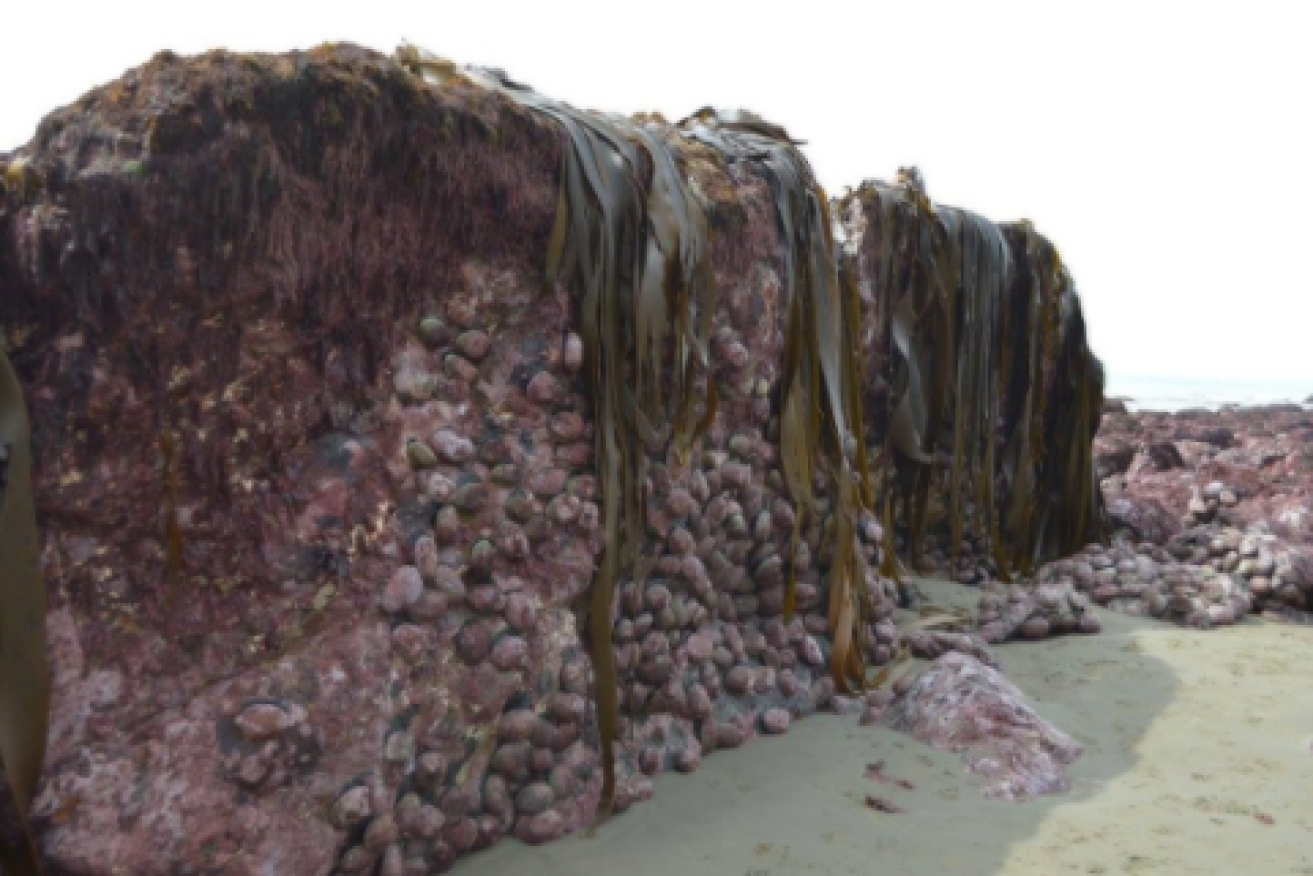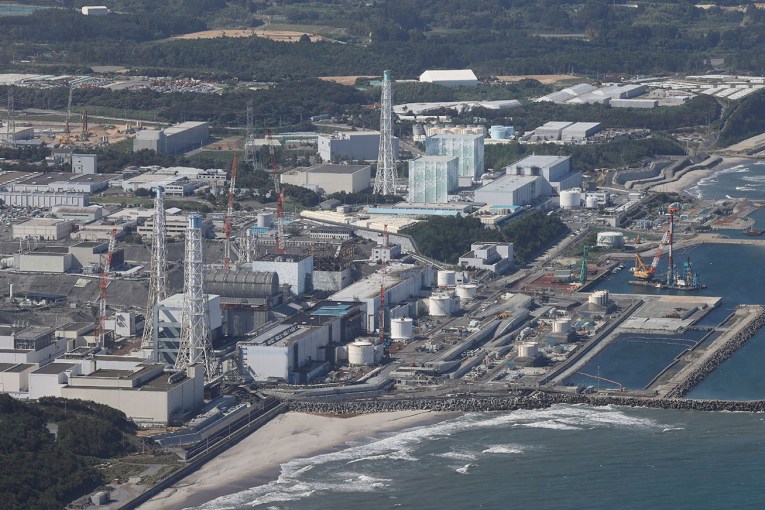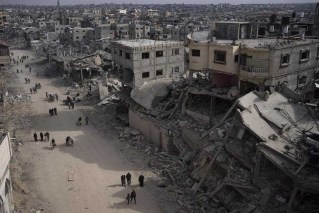NZ quake lifts seafloor, creates bizarre landscape


Some estimate the difference in the seabed could be 2m to 2.5m. Photo: Twitter
This week’s New Zealand earthquake has lifted the seabed around Kaikoura by at least 1m, scientists have told NZ media.
Among the pictures that have emerged from the 7.8-magnitude earthquake early on Monday, some of the most striking have been those showing whole sections of the seafloor thrust up on local beaches.
A Kaikoura-based skipper, Dean Kennedy, told The New Zealand Herald that he had seen nothing like it in around 50 years of seafaring.
Environmental consultants Tonkin and Taylor estimated some sections were lifted between 2m and 2.5m.
The changes had made navigation difficult for naval ships arriving in Kaikoura as part of the evacuation effort.
Dr Joshua Mountjoy, a marine geologist at the National Institute of Water and Atmospheric Research, said it appeared that the main fault implicated in the quake was responsible for the heaving of the sea floor.
“Some faults go side-to-side … and we’ve seen offsets of about 10m horizontally — but some faults move vertically, and in this case, the fault has pushed the land up into the air, and it appears to be by about a metre,” he told The Herald.
This effect is seen as part of normal coastal change along the coasts of both islands, but across the much longer timescale.
“A lot of coastal terraces reflect that long-term uplift and some of these are on a deep-seated subduction zone and sometimes it can be on a local fault that’s not far off the shore,” Dr Mountjoy said.
Aerial photos of the coast
Before (March 2016)/After (Nov 2016) Worldview 2 images of Waipapa Bay (c) NextView. Same location as helicopter pic. pic.twitter.com/tztXvLhTtu
— Ryan Gold (@runr447) November 15, 2016
The seabed changes have sparked local concern about the effects on tourism and Kaikoura’s lucrative seafood industry.
The area is one of New Zealand’s main sources of crayfish and paua (abalone).
“Our summer is buggered. We’re all out of a job pretty much,” boat skipper Mr Kennedy said.
Paua exposed by the changes
The whole seabed raised out of the ground #kaikoura #eqnz #earthquakenz pic.twitter.com/CbUVW5YjX2
— Lou (@lou_gordongreen) November 14, 2016
NEW PHOTOS: Paua out of the sea and vertical on the Kaikoura coast #kaikoura #eqnz #earthquakenz pic.twitter.com/iwACfQcUkE
— Lou (@lou_gordongreen) November 14, 2016
Mayor Winston Gray said tourism industry was vital to the region and that the quake came in the middle of one of the area’s busiest seasons yet.
“We were looking at our best season ever,” Mr Gray told The Herald.
“Had this happened any time between Christmas and May we would have had double the amount of people in town, and some.”








